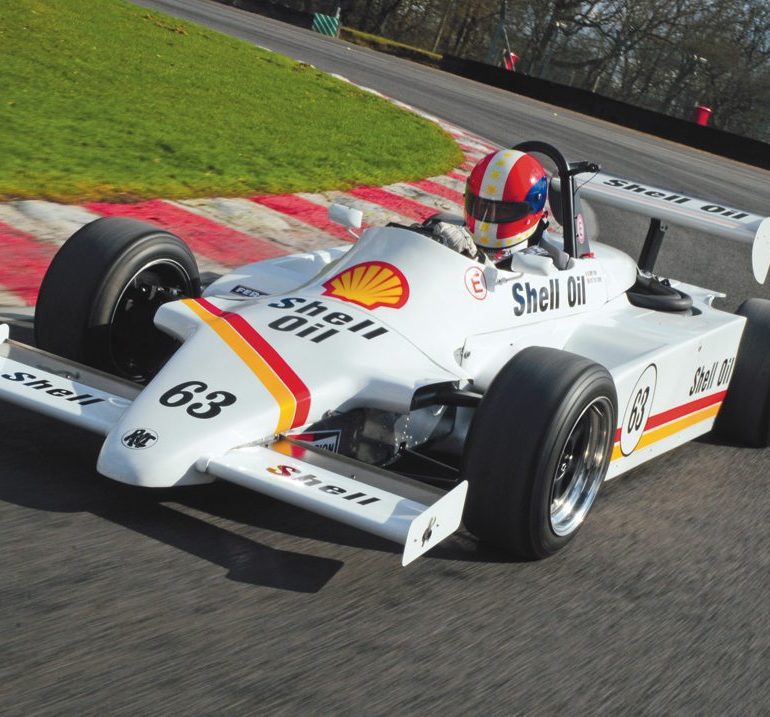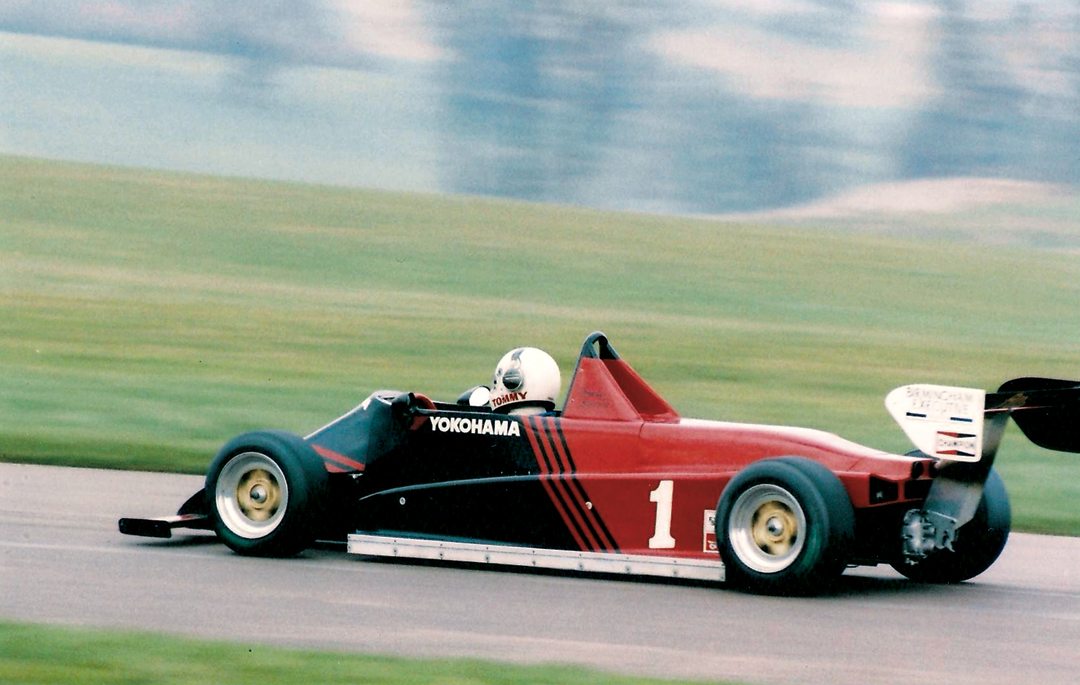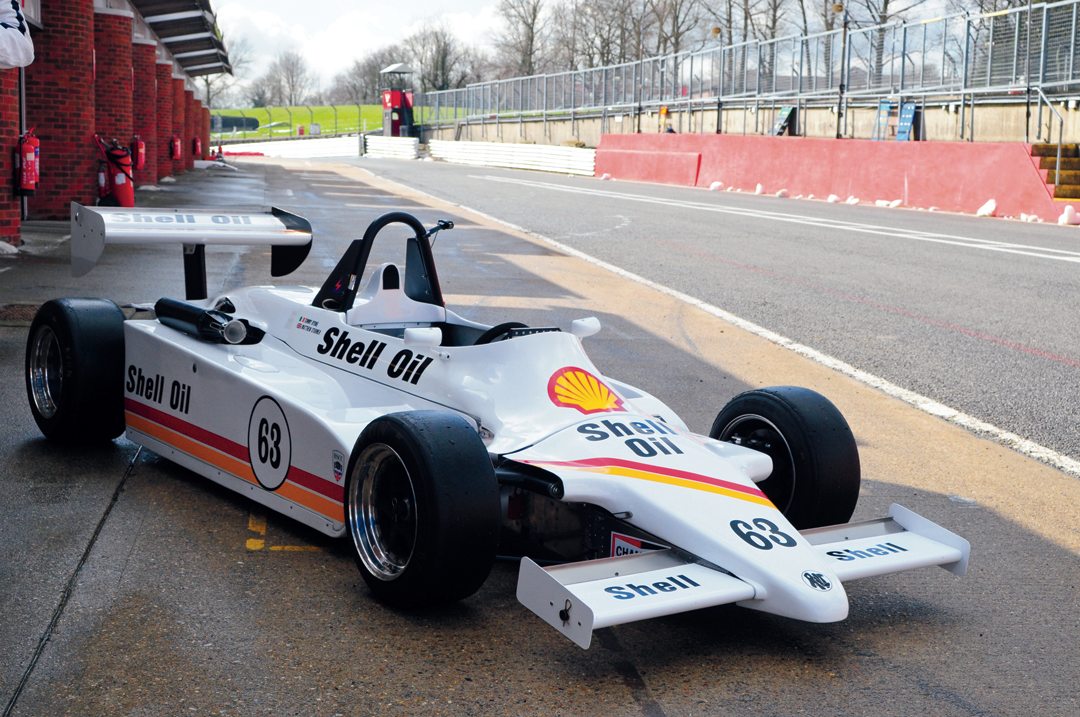
If you were racing a Formula Three car between late 1979 to the end of 1984 there really was only one car to choose—the Ralt RT3. Designed by Ron Tauranac, the Ralt RT3 was a class apart. From its first appearance in 1979 to its championship-winning swansong in 1984, the Ralt RT3 became the category’s most successful chassis type. Driven by future Grand Prix drivers, the Ralt RT3 dominated in F3 events on a global scale and changed the face of the category forever. Only the advent of an international regulation change for the 1985 season prevented the Ralt RT3 from continuing its career as a winning car. The Ralt RT3 is, and always will be known as Formula Three’s ultimate weapon.
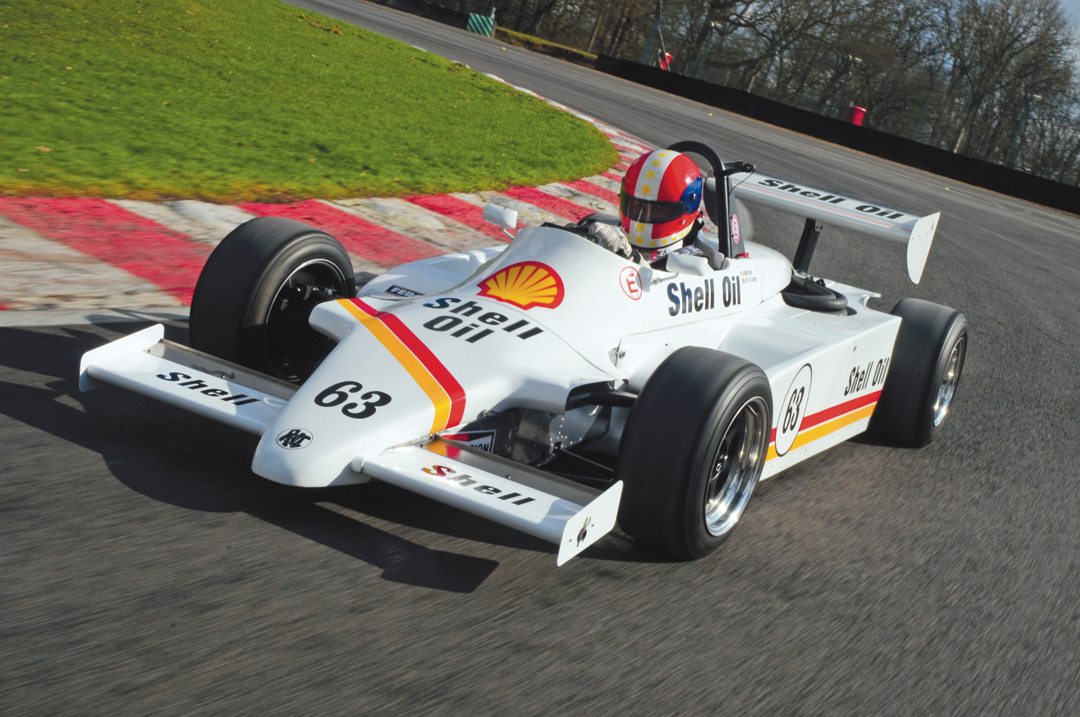
Early Days
Australian Ron Tauranac started building and racing hillclimb cars with his brother back in the late 1940s, and the duo decided to call their cars RALT the acronym drawn from the letters of their names—Ron and Austin Lewis Tauranac. The brothers enjoyed their time manufacturing, preparing and competing in their cars during the early 1960s, before Ron moved to England at the invitation of his friend, and future business partner, Jack Brabham. Between 1961 and 1972, Tauranac was responsible for the manufacture and sale of nearly 600 Motor Racing Developments (MRD)-constructed Brabham BT-modeled cars—before selling the business to Bernie Ecclestone.
For the 1975 season Tauranac designed a new F3 car, the RT1, and a batch of 10 examples was produced with the first chassis raced by Larry Perkins. On the car’s debut at Thruxton, at the start of the ’75 season, Perkins qualified 2nd and raced to 5th. This result was enough to put Ralt firmly on the map, and on the road to F3 success, success that came with future race victories and Perkins claiming the European title.
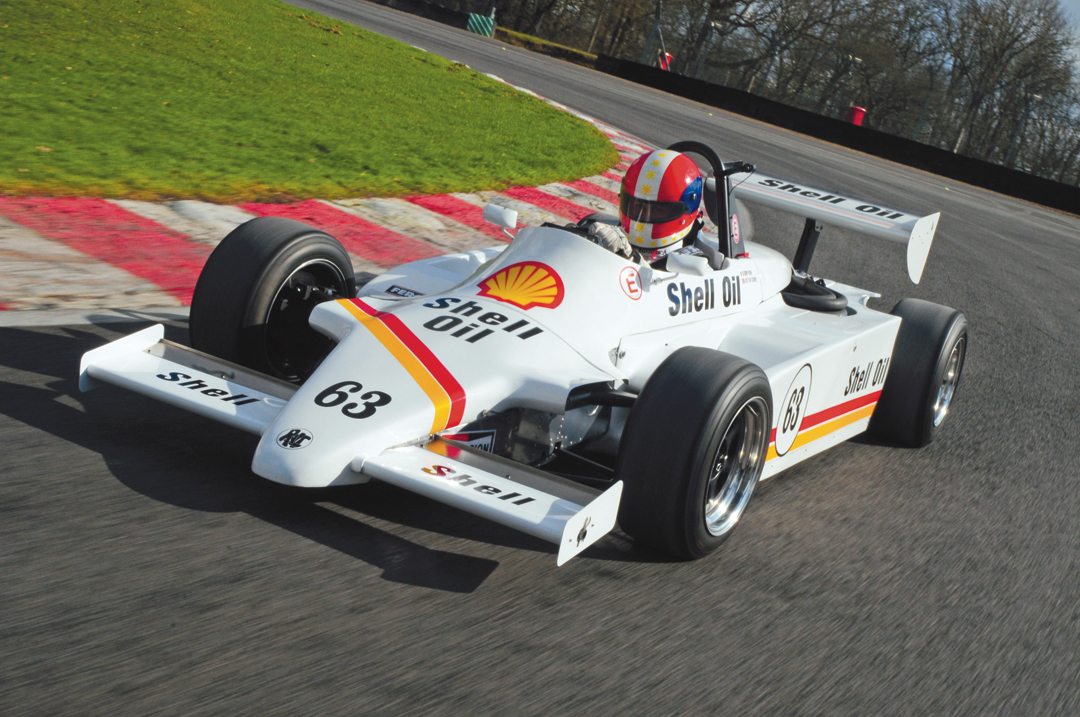
Photo: Peter Collins
During the next few years the Ralt RT1, driven by the likes of Derek Warwick, Nelson Piquet, Geoff Brabham (son of Jack) and Elio de Angelis scored multiple successes in Formula 3 events and when “ground-effects” entered the F3 world in 1979, Tauranac and Ralt moved with the times and the RT3 was created.
Global Domination
For 1979, ground-effect arrived in F3 and manufacturers such as March, Chevron and Martini all soon had their wing cars on track and running, and although the Ralt RT1 was capable of placing a driver on the podium, its days as a winning car were over. This led to the creation of the RT3, a car that went as good as it looked. It was constructed with a very stiff aluminum tub with honeycomb bulkheads. Its suspension was all housed inboard, while the fuel tank was located centrally to aid weight distribution. The tub of the car was narrow, in comparison to predecessors, to allow for wide, skirted sidepods to create maximum ground-effect. Like most F3 cars of this period, power came from a 1997-cc (2-liter) Toyota engine. Tuned by the Pedrazzani brothers in Italy, under their Novamotor banner, the heavily tweaked Toyota was the engine to have in F3. Interestingly, since 1974, the Formula Three engine regulations have been practically unchanged. The engine formula has consisted of a race-tuned two-liter, 4-cylinder, fuel-injected, road car-based engine using an air restrictor to control horsepower output. This long-term engine stability is almost unheard of in a sport known to change rules and regulations at the drop of a hat!
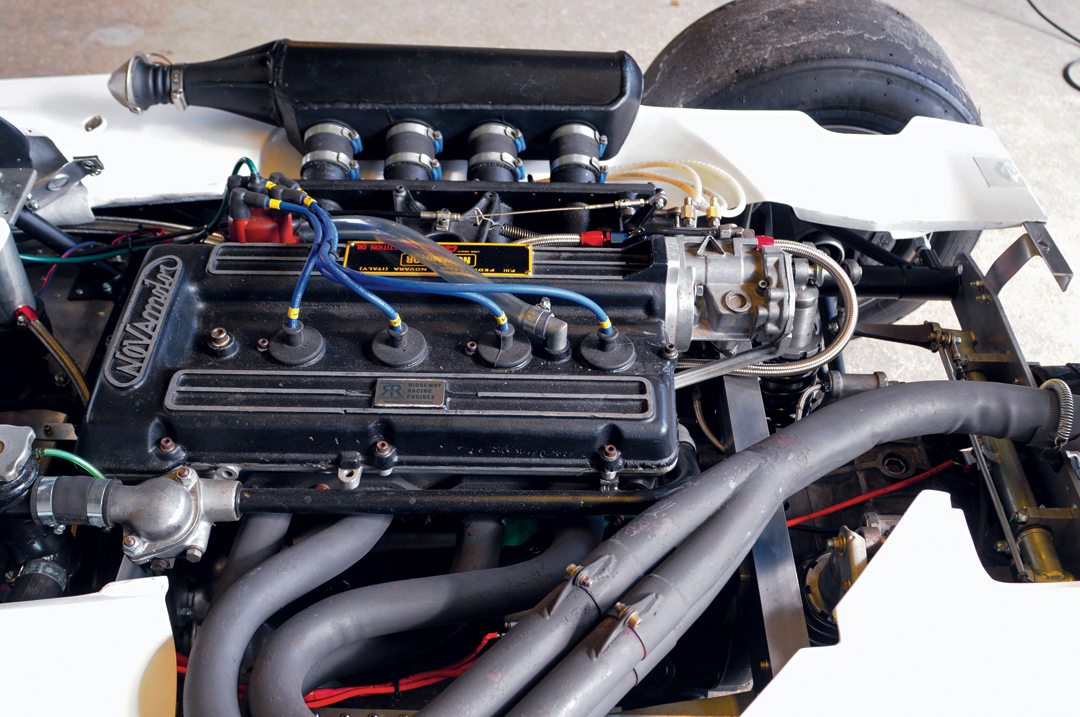
Early showings for the RT3 did not give a clue to its future potential, as drivers such as Eliseo Salazar took to the track in Britain and Georg Bellof in Germany.
As the 1980 season started, the leading teams in Britain chose to stay with their March or Argo chassis, as the Ralt RT3 had, as yet, failed to display any true potential and it was not until the sixth round of the championship that an RT3 appeared. Project Four Racing’s Stefan Johansson was having increasing trouble with his March 803, and once the Ron Dennis-owned team switched to the Ralt the championship swung in Johansson’s favor as he dominated the final races of the campaign to see off the March challenge of Kenny Acheson (who was in a 1979 March 793) and Roberto Guerrero in the Argo JM6. In mainland Europe, the RT3 had also found its feet, winning in Germany with Frank Jelinski.
In 1981, the RT3 cemented its place in F3 history. In the Marlboro British Formula 3 Championship, the Ralt RT3 took 19 out of 20 race victories and had a near clean sweep of the top ten positions in a championship won by Jonathan Palmer. The 1982 season was the year of Tommy Byrne in Britain, who won the title in the car profiled here. Ralt took 20 wins from 20 races with the RT3 in Britain, while also taking a 1-2 in the German F3 Championship. Further titles were secured in Japan, France and Italy.
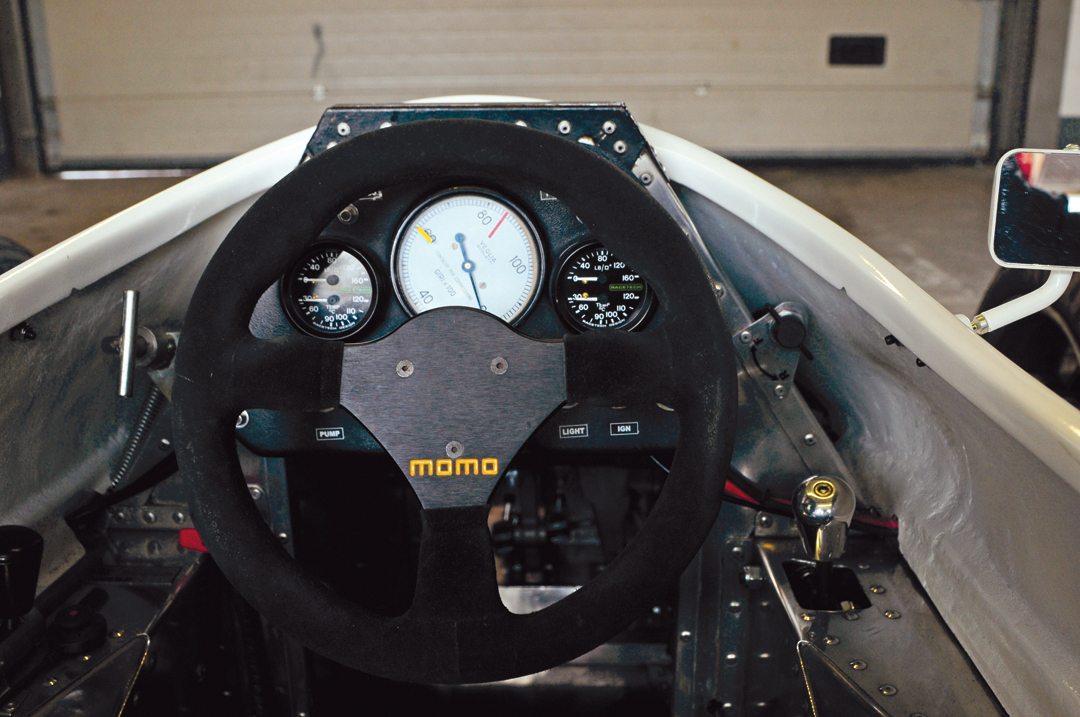
Photo: Peter Collins
For 1983 subtle developments were carried out to create the RT3/83. The most significant was a revised tub to allow the changes to footbox regulations introduced for international F3 events. The 1983 season was also the year of Ayrton Senna, and the Brazilian’s successes in a West Surrey Racing RT3 are the stuff of legend. He enjoyed a season-long battle with the Eddie Jordan-entered RT3 of Martin Brundle, but success at season’s end was Senna’s. He also drove to victory around the streets of Macau in an RT3—finishing ahead of, by then, a returning F1 driver, Roberto Guerrero.
The 1984 season brought the final incarnation of the RT3, with pushrod front suspension included in the design and a further subtle change to the car’s sidepods. Also during this time period, some teams decided to utilize the Hewland FT200 gearbox, instead of the traditional Mk9. Despite these technicalities it was business as usual on the track, with Johnny Dumfries sweeping to British glory in his BP-liveried Dave Price Racing example. Aside from one single point placing scored by a Magnum chassis, every championship point scored in Britain that year was recorded by a Ralt RT3!
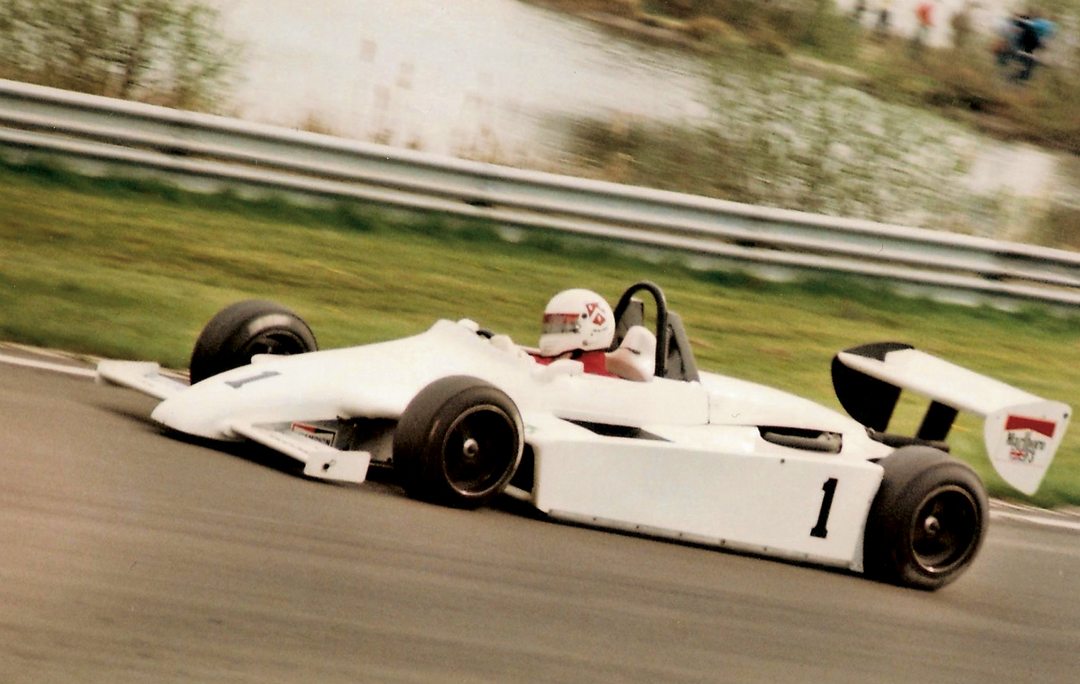
Photo: Rich Craner
Flat-bottom cars were introduced to F3 for the 1985 season and Ralt was forced to create a new car—the RT30. This type of car maintained the marque’s success with Mauricio Gugelmin driving to the ’85 crown with his West Surrey Racing RT30. During the mid-1980s, organizers of F3 events introduced a Class B to many series to accommodate older cars that were not developed to the very latest specification. This class enabled the RT3 to remain competitive while the new Ralt RT30 and Reynard 853 had taken over at the head of the field with engines mainly from Volkswagen and Alfa Romeo. In Class B, the Ralt RT3 remained supreme, now in flat bottom specification courtesy of Glenn Waters at Intersport. Popular racer Carton Tingling took his self-entered car to victory after scoring many early season Class B victories.
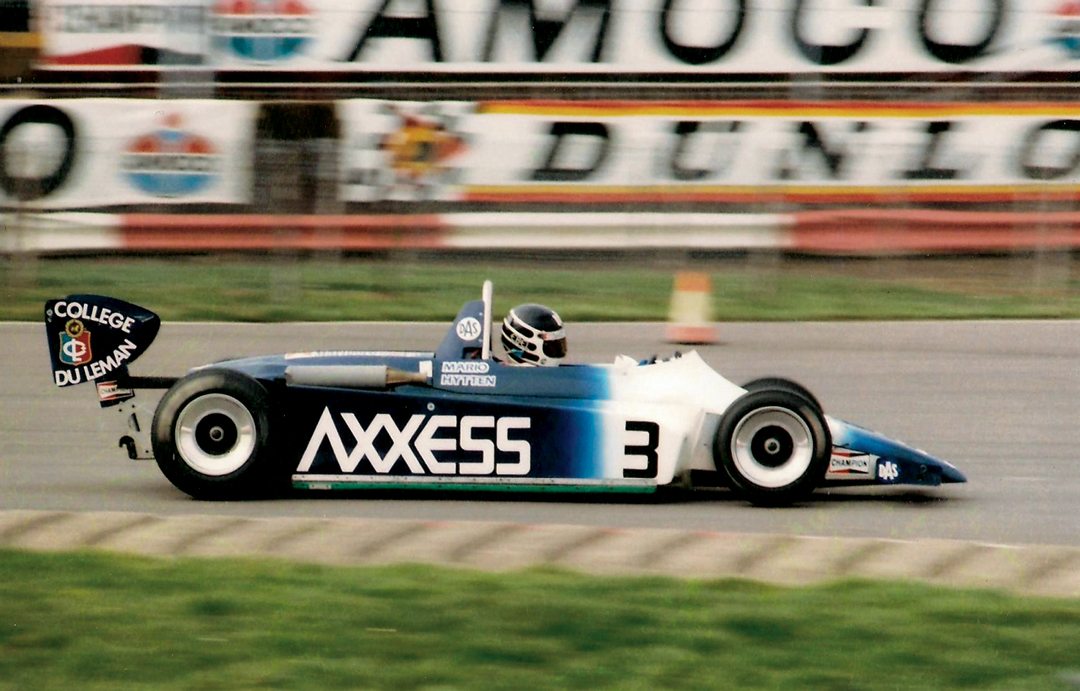
Photo: Rich Craner
LUCK OF THE IRISH?
It could hardly be called luck. For in 1982, the best Formula 3 driver in the world was Tommy Byrne. Rising through the ranks of Formula Ford 1600, Byrne dominated British and European Formula Ford 2000 during 1981 before winning the coveted Formula Ford Festival at Brands Hatch in Ayrton Senna’s car after the Brazilian decided not to compete and “retire” from the sport and head home. By the start of 1982, the driver from Drogheda, County Louth was in a position to chase for the F3 title and he did.
Victory in the very first race of the season at Silverstone put Byrne on the right road and he went on to win the 1982 Marlboro British Formula 3 Championship despite missing five rounds of the championship while driving for Theodore in rounds of the FIA F1 World Championship!
Many thought that Byrne should concentrate on his F3 career rather than chase off looking for Grand Prix stardom. The Theodore TY02-Cosworth V8 would not offer Byrne stardom but it did grant him a taste of F1. It was a taste he enjoyed and wanted more of.
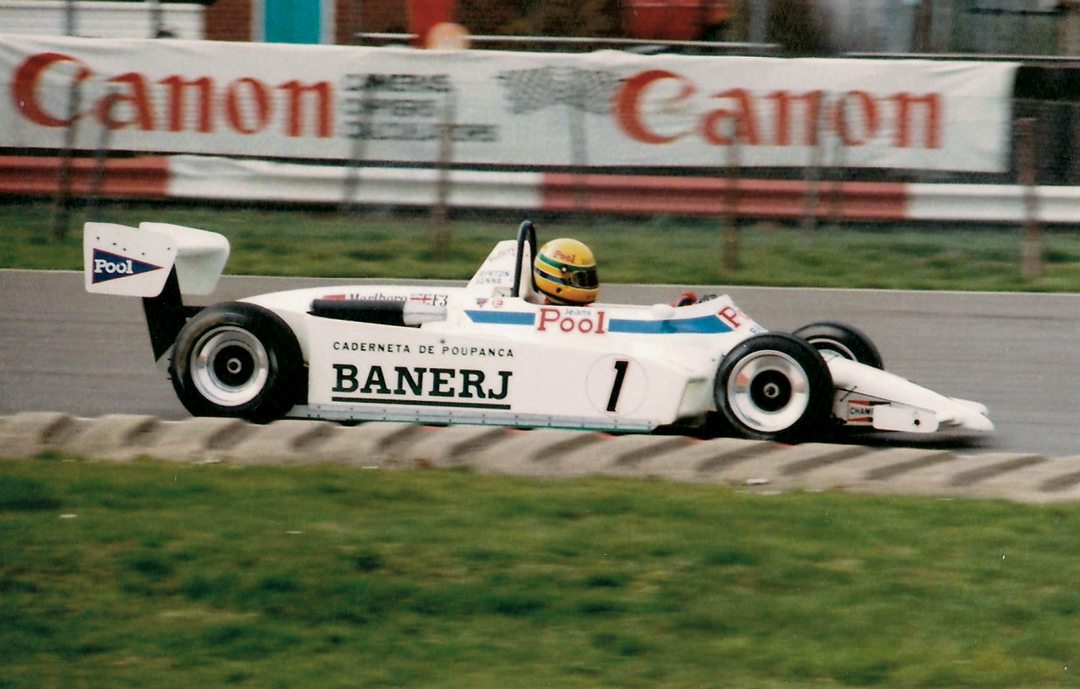
Byrne failed to make the cut at his first attempt in F1 qualifying; the Theodore did not have the speed to make the cut at Hockenheim, but at Zeltweg Byrne urged the Cosworth-powered machine on to the grid for a well-deserved Grand Prix debut. A spin mid-race ended his challenge and the Irishman had to wait until Caesars Palace in Las Vegas, after non-qualifications at Dijon and Monza, before he could line up on the grid once more. A mistake near the end of the event put Byrne out. It was the end of Byrne’s Grand Prix career—he would not race an F1 car again.
An end-of-season test at Silverstone for McLaren demonstrated Byrne’s potential behind the wheel. Driving Niki Lauda’s Marlboro McLaren, Byrne lapped faster than the car had ever gone around the home of the British Grand Prix. Hopes were high for a Formula One drive in 1983—but the phone never rang.
Instead, 1983 saw a casual return to F3 and a European Championship assault with a car entered by his old friend, Eddie Jordan. A 3rd at Monaco was the best result and the following year Byrne was back in F3 again, driving this time for Gary Anderson’s Anson Racing International team. Driving a car, outperformed by the Ralt RT3 with which Byrne had been so dominant with just two years earlier, he found the going tough, eventually finishing 4th in the championship.
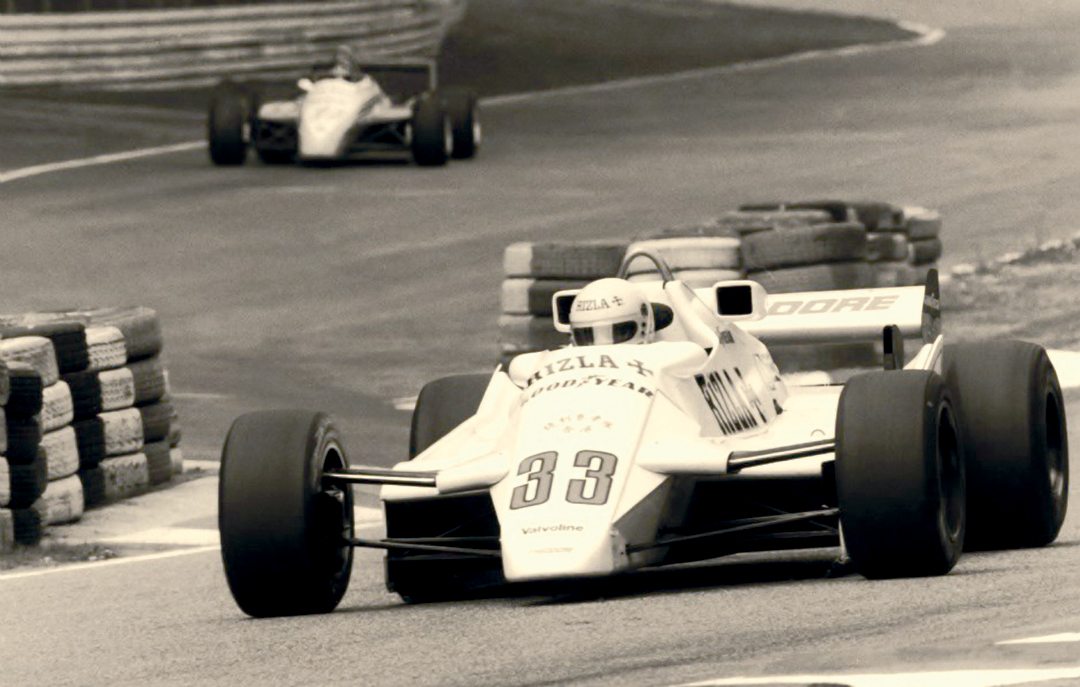
Photo: Rich Craner
Byrne packed his bags and headed to the States. He remains an unknown hero of motor racing, though to many he remains a man who dominated the junior categories of the sport and raced in Grands Prix. Those who saw Tommy Byrne in his prime talk fondly of his talent behind the wheel, and his famous, or infamous, antics off-track. For a brief moment he was one of the sport’s brightest star.
CHASSIS 224
When I heard that I would be allowed to drive a Ralt RT3 Formula Three car I was very excited. Formula Three is, I believe, one of motor racing’s finest proving grounds. The Ralt RT3 success story does not just fill a chapter in the F3 history books, but is deserving of its own volume!
This particular car started life as an RT3/81 and was a spare chassis for Raul Boesel at Murray Taylor Racing. Midway through the season the car was hired to Tim Lee Davey for an assault on the British Grand Prix support race at Silverstone.
At the very end of the 1981 season, Byrne started his association with the chassis when he drove it at Thruxton in a race televised by the BBC and subsequently started his 1982 campaign in the chassis. Halfway through the season, Byrne switched to a new car, but it was not apparently to his liking. A complete rebuild of chassis 224 followed with the Irishman returning to the car when work was complete. It was in this car that he sealed his 1982 Marlboro British F3 Championship success with victories at the end of the season.
During 1983, the car was driven by Swiss racer Mario Hytten, who had made his F3 debut and contested 10 races a year earlier. Supported through sponsorship from Axxess, a progressive Swiss rock band, Hytten was 5th in the opening race of the season and raced strongly until midseason when his year gradually fell apart. For 1984, chassis 224 made its way to Tarry Racing and was raced by both Mike Blanchet and Richard Morgan, while in 1985 Mark Smythe took over the car, running it in flat-bottom Class B trim throughout the year. The car’s current owner acquired the chassis late in 2011 and commissioned a full ground-up restoration. Chassis 224, as it is featured here, returned to the tracks at the Oulton Park Gold Cup in August last year, before having a further outing at the Walter Hayes Trophy meeting in November.
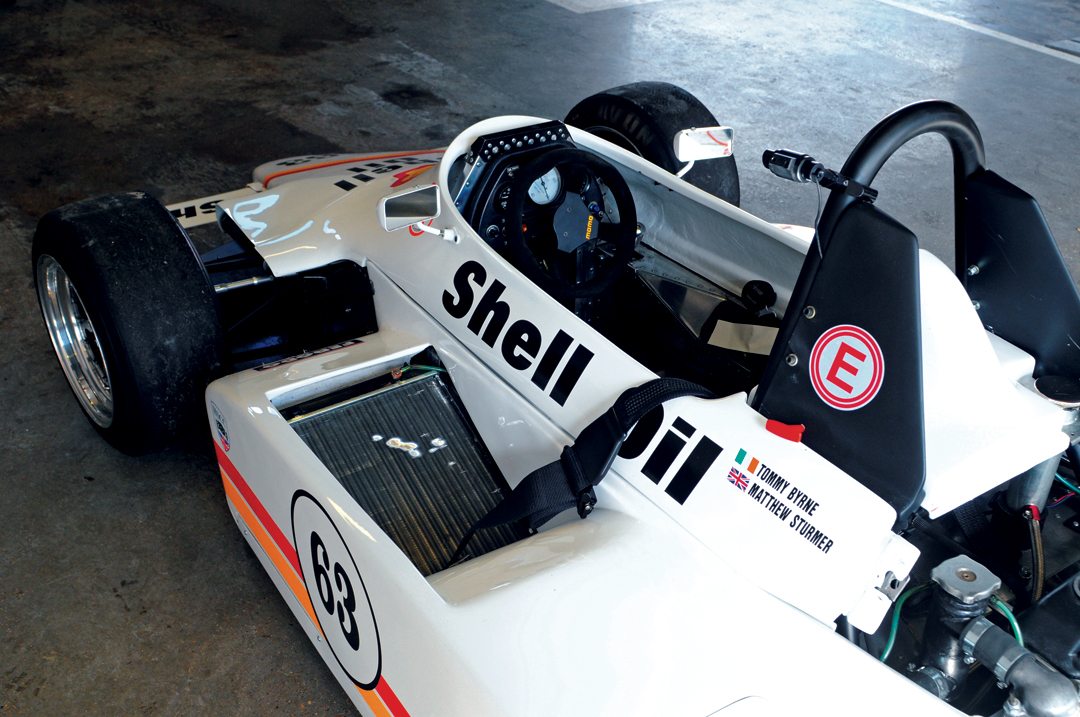
For 2013, Ralt RT3 chassis 224 will be raced in the Classic Formula 3 Championship, administered by the Historic Sports Car Club, and in the burgeoning French Historic F3 Championship by Matthew Sturmer.
THE F3 EXPERIENCE
I travelled to Brands Hatch to drive Matthew Sturmer’s Ralt RT3, in the configuration as raced by Tommy Byrne. The Ralt RT3 was the ultimate weapon of choice for a generation of aspiring Grand Prix drivers, and I arrived at Brands with much anticipation as to how the Toyota Novamotor-powered car would perform.
Britain has endured an unseasonably long winter. Spring has been very late arriving this year, and so much of the pre- and early season testing on these shores has been carried out in near freezing temperatures. My F3 experience was on one such day!
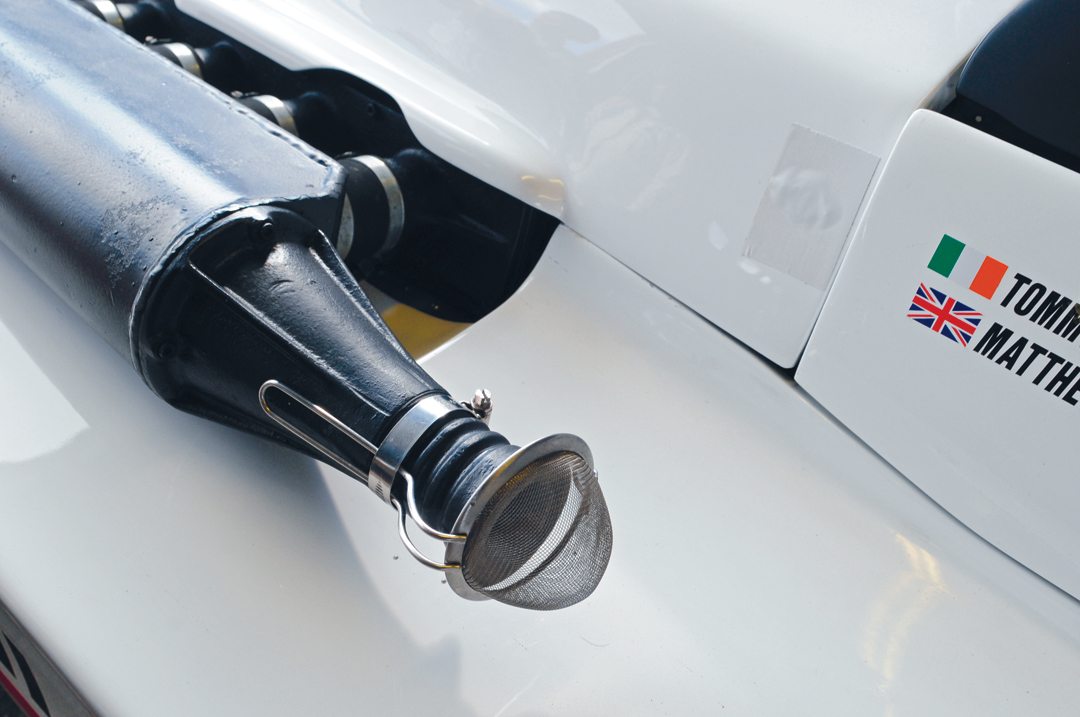
The sun was shining brightly, but there was a real nip in the February air as I prepared to acquaint myself with the Shell Oil-sponsored car. In the morning sunshine, the car positively gleamed as it sat awaiting my arrival outside of its pits garage. Its engineer, Tom Denyer, carried out pre-test checks as we chatted through the procedure for my time in the car.
The Brands Hatch track was positively humming with cars testing ahead of the start of the British race season. Cars of all shapes and sizes were on-track, divided into sessions for the day, depending on their type. Saloons and GT cars were handed one session and single-seaters another. For our exclusive run, MotorSport Vision—the owners and operators of the Brands Hatch track—agreed to my driving of the Ralt during the hour-long lunch break. This allowance provided us the time to carry out the necessary track time for Peter Collins to take the photographs that accompany this piece, while also allowing me sufficient time to put this championship-winning car through its paces.
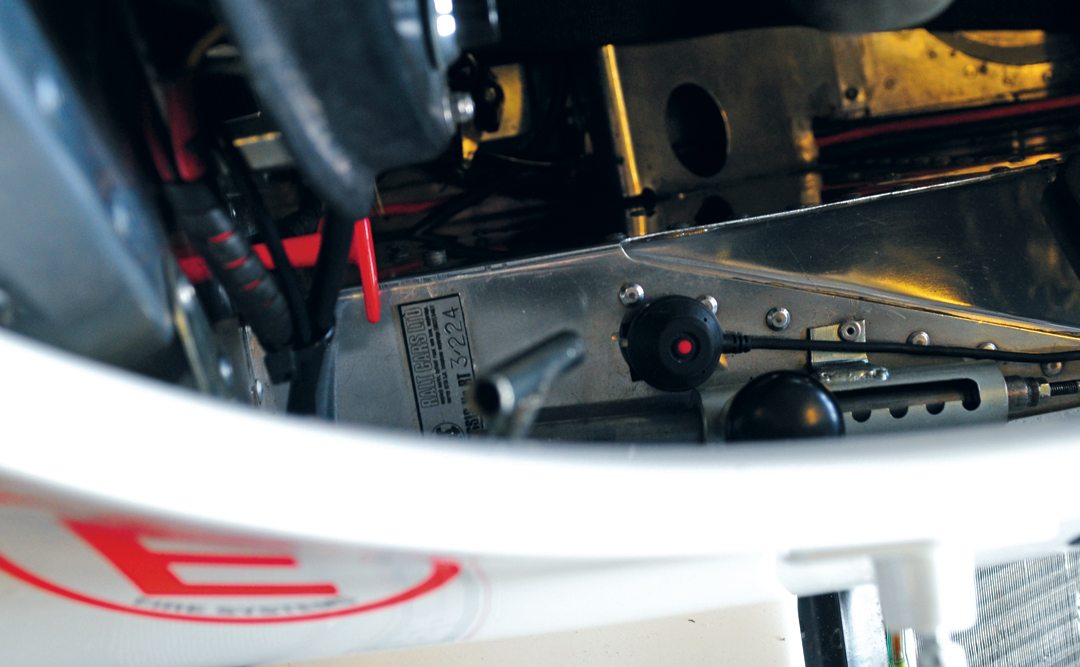
All too soon it became time for me to climb into the car and immerse myself into the world of an F3 driver. The detachable steering wheel was removed to allow me easy access to the aluminum tub. Sliding into the cockpit, I quickly began to make myself comfortable for my latest track experience. I soon realized that I required some extra padding in the small of my back to make myself fully comfortable, and that was provided and fitted quickly. On tightening the shoulder belts I also felt the requirement for them to been taken in further, and this was accomplished by me wearing a HANS device. Once on my shoulders, the HANS device allowed the belts to be fully tightened, and with my helmet and gloves on I was ready.
Instructed by the MotorSport Vision marshals in race control to be at the end of the pit lane at the end of the morning test sessions, so that our session could commence as soon as possible, it was time to fire up the Toyota Novamotor and prepare for action. Starting from a slave battery, the 2-liter Toyota engine fired into life keenly and barked beautifully, as I blipped the throttle gently. Sitting in the garage, I pressed the accelerator to raise the car’s engine revs and slowly warm it. When air temperature is cold, any racing engine requires substantial warming before venturing out onto the circuit, and this was safely carried out before I pulled into the pit lane.
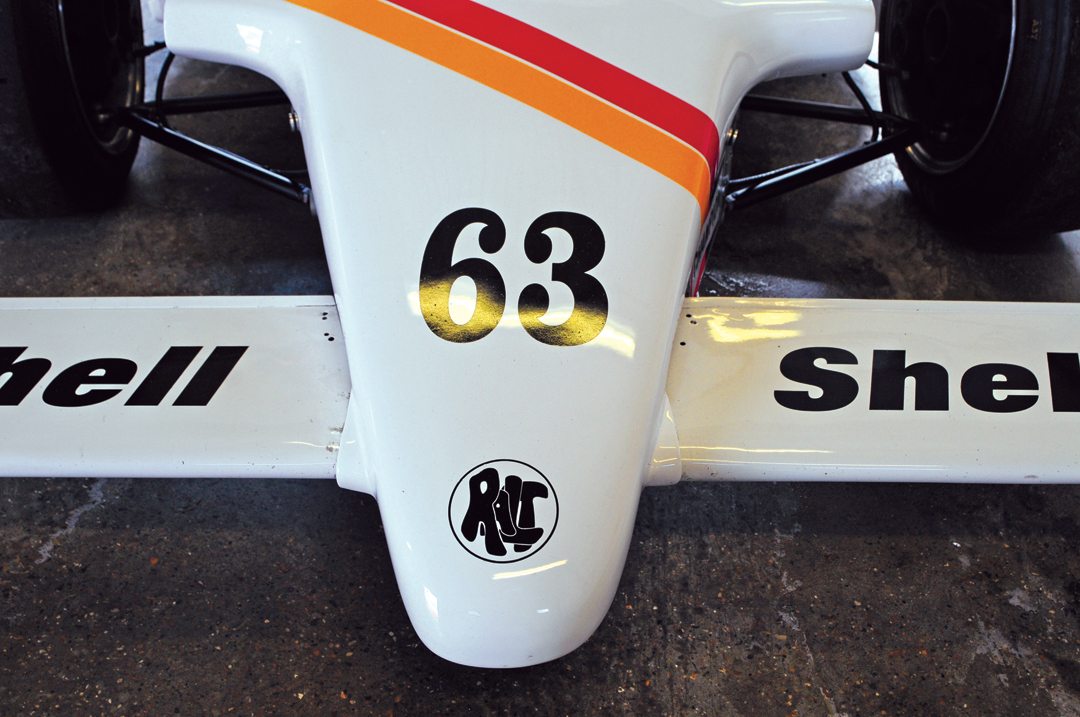
Stopping at the end of the pit lane, halted by a red light, I took time to check the oil pressure and water temperature gauges. Satisfied all was normal, I waited for the lights to turn green. Engaging first gear I pulled away, up the sloping gradient of the Brands Hatch pit exit, following our camera car onto the circuit. For one lap I followed it around the 1.2-mile Brands Hatch Indy Circuit while photographs were taken before the camera car headed for the pits.
As the camera car pulled off the course, I picked up speed and accelerated along the Brabham Straight to start my F3 experience in earnest at the legendary Brands Hatch.
Many racers feel Brands Hatch offers them the finest driving experience. I tend to agree. The natural amphitheater of the Indy Circuit, named as such after the USAC IndyCars visited Britain back in 1978, also provides spectators with a great backdrop to watch racing, while the Grand Prix loop adds a further dimension to the track, for drivers and spectators alike, both regarding it as iconic.
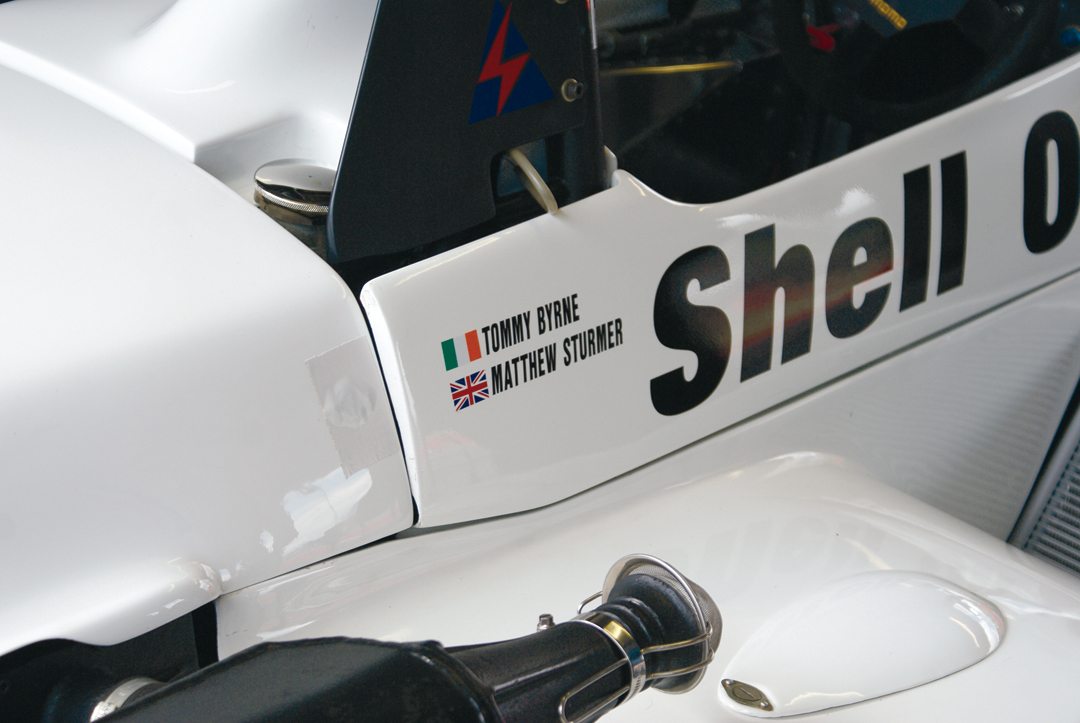
There has been a racetrack at Brands since 1926, when the land was first used for grass track bike racing. In those days, competitors ran the course in an anti-clockwise direction, but the direction of the circuit was switched in 1954. The heritage of Brands is vast and the circuit’s winner roll of honor is huge. Nigel Mansell scored his first Grand Prix victory at the venue, and also took victory in the final F1 race at Brands in 1986. Formula Three has been a regular visitor to the Kent track’s demanding fast straights and twists and turns over the years, and so the little Ralt RT3 felt right at home as I headed toward the famous Paddock Hill Bend—the first turn on the Brands Hatch course.
Paddock offers one of the great challenges to any racing driver. You approach the corner at high-speed, and are then required to brake and change gear on an uphill slope before the ground levels off and then plunges away before you, right-handed. As the Ralt dropped down the hill and through the corner, I felt my stomach rise and fall as the slick tires gripped hard. Despite the coldness of the day, I felt the tires working well and continuing to warm as my run continued. Up Hailwood’s Hill and into the famous Druids Hill Bend, the Ralt turned in sharply as I aimed for the apex and on pulling through the hairpin, I changed gear as the track again plunges back down Graham Hill toward the left-hander that is Graham Hill Bend. Keeping the car away from the kerbs, the power of the 2-liter unit urged the car toward Surtees, a fast left-hander, where I ride the left hand kerb to allow me maximum time through the tightening McLaren section of the track that turns right-handed through Clearways and Clark Curve. Now picking up speed, the Ralt felt comfortable in my hands as I accelerated away from the shadow of the imposing MotorSport Vision Centre—which stands at trackside and houses the Brands Hatch administration offices—to head off on another lap.
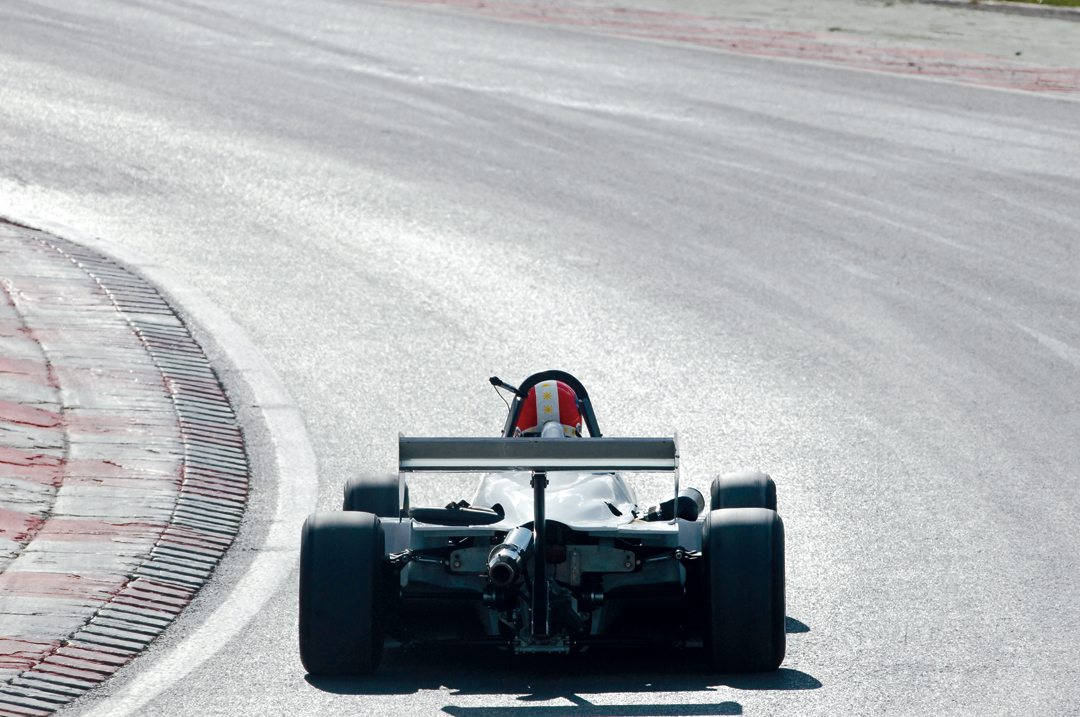
With each lap my confidence grew in the car, and during only my second lap I reached the conclusion that the Ralt RT3, in any of its guises, is probably one of the finest and most enduring F3 car of all time. The RT3 arrived on the scene in 1979, just as a new style of technology was sweeping the sport. The RT3 provided the grounding for drivers destined for F1. Stefan Johansson, Jonathan Palmer, Tommy Byrne, Ayrton Senna and Johnny Dumfries all enjoyed victory champagne while winning F3 championships in an RT3—one driver may have enjoyed the champagne more than others! The Ralt RT3 conquered all. It won countless championships and countless races all over the world from Monaco to Macau and surely can be regarded among Ron Tauranac’s finest creations.
SPECIFICATIONS
Chassis: Aluminum monocoque with honeycomb bulkheads
Suspension: Inboard rocker-arm all around
Wheelbase: 2464 mm
Front Track: 1270 mm
Rear Track: 1270 mm
Weight: 465 kg
Engine: 1997-cc (2-liter) Novamotor-tuned Toyota (STR4) with Kugelfischer mechanical fuel injection. Double overhead cams, two valves per cylinder
Gearbox: 5-speed Hewland Mk9 (plus reverse)
Acknowledgements / Resources
The author would like to thank the Ralt’s owner, Matthew Sturmer, for allowing the opportunity to drive his RT3 for this profile, and to the car’s engineer, Tom Denyer, who oversaw the test run and provided guidance as to what and what not to do with it.
Thanks also go to Peter Alexander for helping Vintage Racecar arrange track time at Brands Hatch for this profile to take place, and to the staff of MotorSport Vision who were very accommodating and helpful during our visit to the track.
Colin Beckett’s enormous resource and knowledge of Formula Three, and the sport in general, has enabled the further piecing together of the history surrounding this particular car to enabling completion of the profile on this chassis and others of its type.
Crashed and Byrned—The Greatest Racing Driver You Never Saw by Tommy Byrne and Mark Hughes
Brabham, Ralt, Honda—The Ron Tauranac Story by Mike Lawrence


